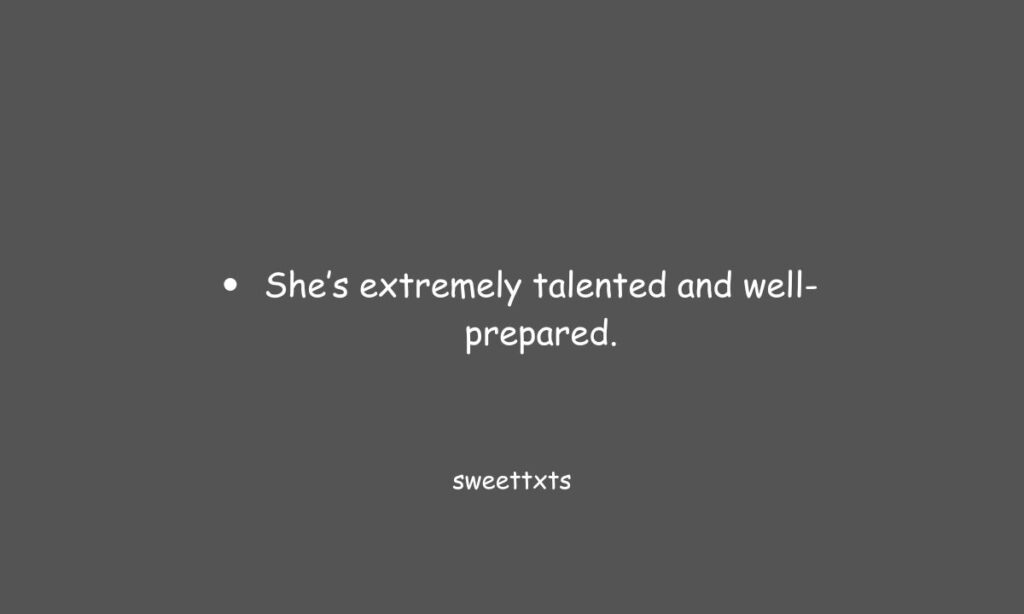In the world of communication, words carry more than just definitions—they convey tone, intent, and cultural nuance. One such word that often sparks curiosity is “molto.” Frequently used in different languages and contexts, its meanings are worth understanding.
Whether found in classical music, conversational Italian, or modern texting, “molto” holds various connotations. It’s important to examine its implications, particularly in digital messaging and professional exchanges.
This article will explore the meaning of “molto,” its nuanced usage in both literal and casual contexts, as well as the alternative expressions you can use instead. From polite to professional to casual, this guide will provide a complete breakdown.
Molto Meaning Explained
What Does “Molto” Mean?
The term “molto” originates from the Italian language, meaning “very,” “much,” or “a lot.” It functions as an intensifier and is commonly used in musical notation, such as molto allegro (“very fast”) or molto espressivo (“very expressive”). In English, it sometimes appears in text or speech as a stylistic borrowing to emphasize passion or intensity.
Molto Meaning in Text
In text messaging, the word “molto” is not commonly used in English-speaking contexts unless deliberately stylized or borrowed for emphasis. It might appear in artistic, dramatic, or humorous conversations, adding flair or European charm to a phrase like:
- “That performance was molto bella!” (very beautiful)
- “She’s molto talented.” (very talented)
Such usage tends to be more expressive than formal and should be used selectively depending on your audience. When choosing words for digital communication, tone matters just as much as meaning.
Hiatus Meaning of “Molto”

Though “molto” doesn’t directly relate to the term “hiatus,” they are often discussed together in linguistic conversations due to common misinterpretation. A hiatus in language refers to a pause or break, often in speech or syllabic patterns, especially when two vowels occur without a consonant between them.
For example:
- In “re-enter,” the break between “e” and “e” is a hiatus.
In contrast, “molto” is a fluid, consonant-vowel mix and does not include a hiatus. However, discussions around foreign word adoption in English sometimes lead to confusion between these two concepts.
Polite, Professional, and Casual Alternatives to “Molto”
In many cases, you may want to say “very” or “a lot” in English without using “molto.” Here are 15 thoughtfully selected and categorized alternatives that suit various tones.
1. Extremely
Use: Formal and emphatic
Example: She’s extremely talented and well-prepared.
Tone: Strong and professional.
2. Highly
Use: Professional or academic tone
Example: His opinion is highly respected in the industry.
Tone: Intelligent and refined.
3. Truly
Use: Honest, polite conversation
Example: That was truly a kind gesture.
Tone: Sincere and warm.
4. Exceptionally
Use: Professional praise
Example: Her work is exceptionally detailed and insightful.
Tone: Sophisticated and affirming.
5. Remarkably
Use: Professional or conversational praise
Example: He made remarkably fast progress.
Tone: Admirable and clear.
6. Especially
Use: Informal to semi-formal
Example: I enjoyed the trip, especially the food.
Tone: Friendly and appreciative.
7. Significantly
Use: Academic or formal writing
Example: The results were significantly better than expected.
Tone: Analytical and objective.
8. Quite
Use: Polite or understated
Example: That’s quite impressive.
Tone: British-influenced politeness or soft emphasis.
9. Incredibly
Use: Conversational and expressive
Example: This book is incredibly well-written.
Tone: Enthusiastic and lively.
10. Very Much
Use: Versatile in casual and polite use
Example: I very much appreciate your help.
Tone: Thankful and respectful.
11. Severely
Use: Formal or serious context
Example: The company was severely impacted by the loss.
Tone: Serious and urgent.
12. Strongly
Use: Academic, political, or professional
Example: I strongly disagree with that argument.
Tone: Assertive and confident.
13. Intensely
Use: Artistic or emotional contexts
Example: She felt intensely connected to the project.
Tone: Passionate and emotive.
14. Supremely
Use: Grand, expressive
Example: He’s supremely confident in his skills.
Tone: Elevated and expressive.
15. Abundantly
Use: Formal and poetic
Example: You are abundantly blessed.
Tone: Elegant and warm.
Choosing the Right Term Based on Context

Formal and Business Communication
Use alternatives like “highly,” “significantly,” or “exceptionally” when writing emails, reports, or academic content. These words project professionalism and respect. Avoid slang or overly emotive expressions in these situations.
Polite Everyday Speech
Terms like “truly,” “very much,” or “quite” work best in friendly yet respectful conversations. They balance warmth and politeness, especially in thank-you notes or casual work chats.
Casual Texting or Online Use
For informal conversations, “incredibly,” “especially,” or “intensely” work well. These maintain enthusiasm and connection without sounding too formal.
Creative or Artistic Writing
Writers can employ “supremely,” “abundantly,” or “intensely“ to evoke emotions and tone. These are expressive and work wonderfully in fiction, poetry, or reviews.
When to Avoid “Molto” in English
Using “molto” in English communication can sometimes feel forced or out of place. Unless you are quoting something in Italian, referencing music, or trying to express a stylistic tone, stick with native alternatives. Overusing foreign words may confuse the audience or weaken your message.
Cultural Sensitivity and Word Usage
Understanding how words like “molto” transition across cultures is key to effective communication. Borrowing foreign terms for style can be charming, but clarity should always come first. If unsure, use English equivalents that match your tone and setting.
Conclusion
The word “molto” may appear simple but carries expressive weight, especially in Italian and musical contexts. In English writing, however, it’s often better to choose from a rich pool of native alternatives based on tone, audience, and purpose.
This guide has offered polite, professional, and casual substitutes to help you communicate with precision and flair. Whether you’re writing a thank-you email, chatting with a friend, or crafting creative prose, the right word matters.
Remember, language is not just about vocabulary—it’s about intention, emotion, and impact. Choose your words to reflect who you are and how you want to be heard.

Daily blessings and uplifting messages by Drupmo for every morning, evening, and day of the week—bringing peace, hope, and inspiration to your soul.